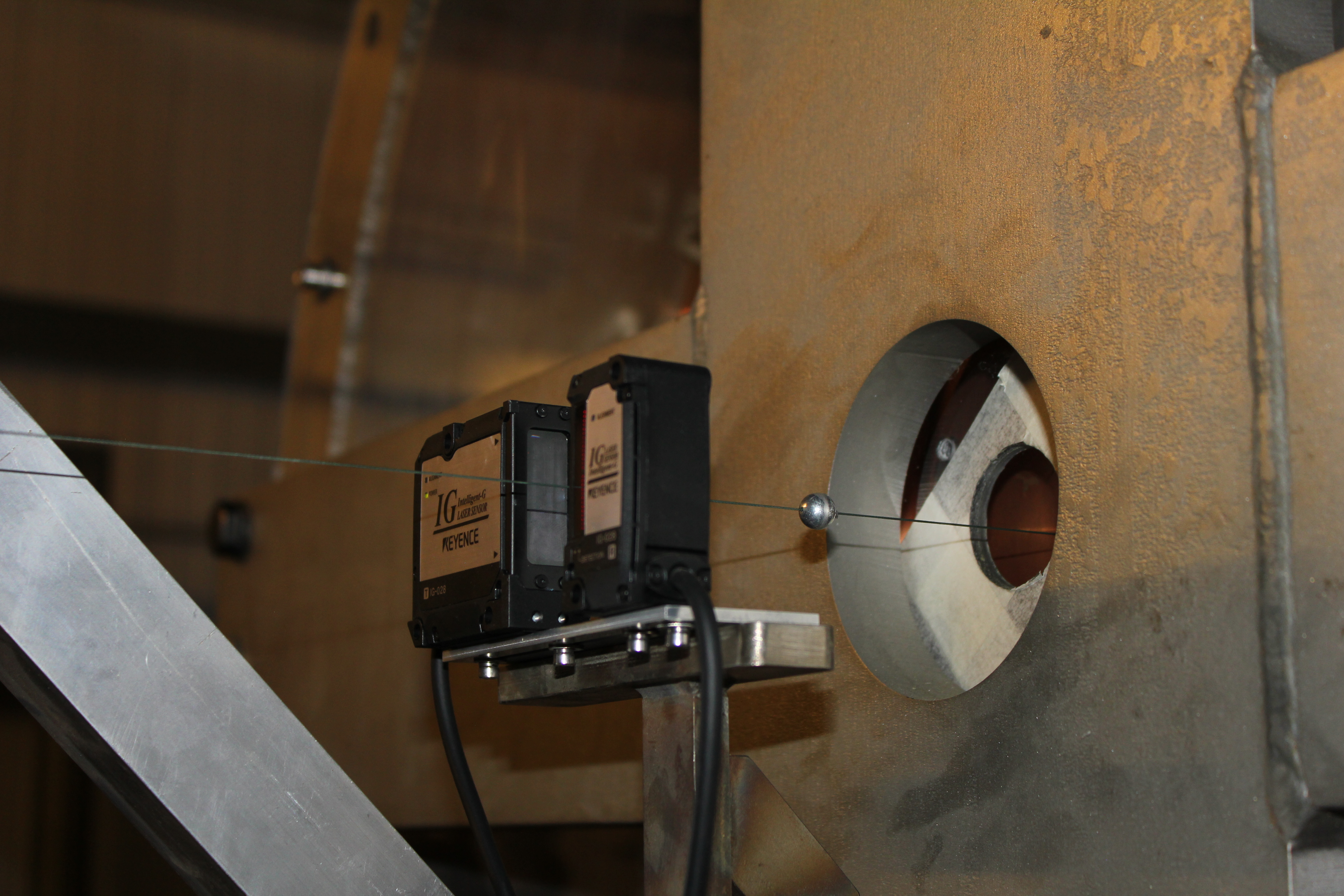The ISIS linear accelerator (linac) consists of four radiofrequency (RF) accelerating tanks, accelerating hydrogen ions generated in the ion source to 37% of the speed of light before feeding them into the synchrotron for final acceleration. Tanks 1 and 4 were built at RAL in 1976, for ISIS' predecessor, Nimrod. They are now showing their age, so a project is underway to replace tank 4 during the long shutdown in 2021.
The design and engineering of the tank has been challenging: although well practised at maintaining the components, the ISIS engineering team did not have experience in building them. They also had to make sure that the final tank would fit exactly into the gap made by removing the old one!
Engineer Alan Letchford explains; “We made small changes to the design of the drift tubes inside the tank, but we couldn't make any major structural improvements as we had to ensure the length remained the same." The new tank will be able to accelerate the hydrogen ions with an increase in efficiency of about 25%.
Another crucial change is that the new tank will be easier to maintain; “we have introduced bolted joints rather than welds, so parts of the tank can be removed for repair if needed." Adrian Hooper explains; “we have also added hatches where we can access the inside for maintenance. When they first built the current tank, they would send an engineer inside to do the final adjustments!"
.JPG)
Adrian Hooper showing the maintenance hutches on the side of the tank.
The complete tank has been assembled in another part of ISIS, and will be tested before being dismantled and moved to its destination during the long shutdown. Before being tested at high power, the team need to ensure that the field along the tank has the shape they need it to have. To test this, they are running a 'bead pull' test; where a small hollow metal bead is pulled through the centre of the drift tube whilst field measurements are taken.

“The result of the bead pull test will show where we need to adjust the drift tube post couplers." Alan explains; “we're looking for frequency changes of about 1 KHz in our measurements of approximately 200 MHz. The adjustments will be very small, but crucial to the energy of the outgoing beam."
Once the bead pull test is complete, the high voltage testing can begin. They've also started planning for the next stage: moving the tank to the Linac area. “Unfortunately for us, it's the support frames at the bottom that need to arrive first!" says Adrian; “we'll need to dismantle the tank into sections so that they can be lifted by crane. We are also running tests of the complicated crane movements we'll need to carry out for the removal of the old tank."
The ability to be part of a project like this has been exciting for all of those involved. “It's great that we've all been able to learn how to build something like this," says Alan; “it's not your everyday engineering, and that's what makes working at ISIS so interesting."
